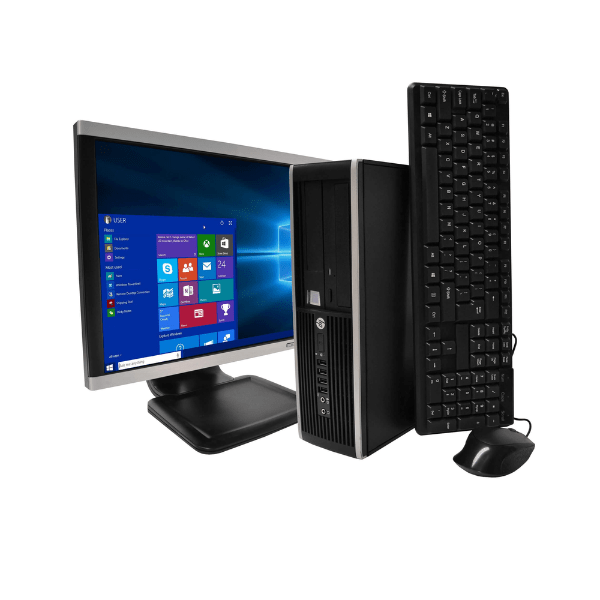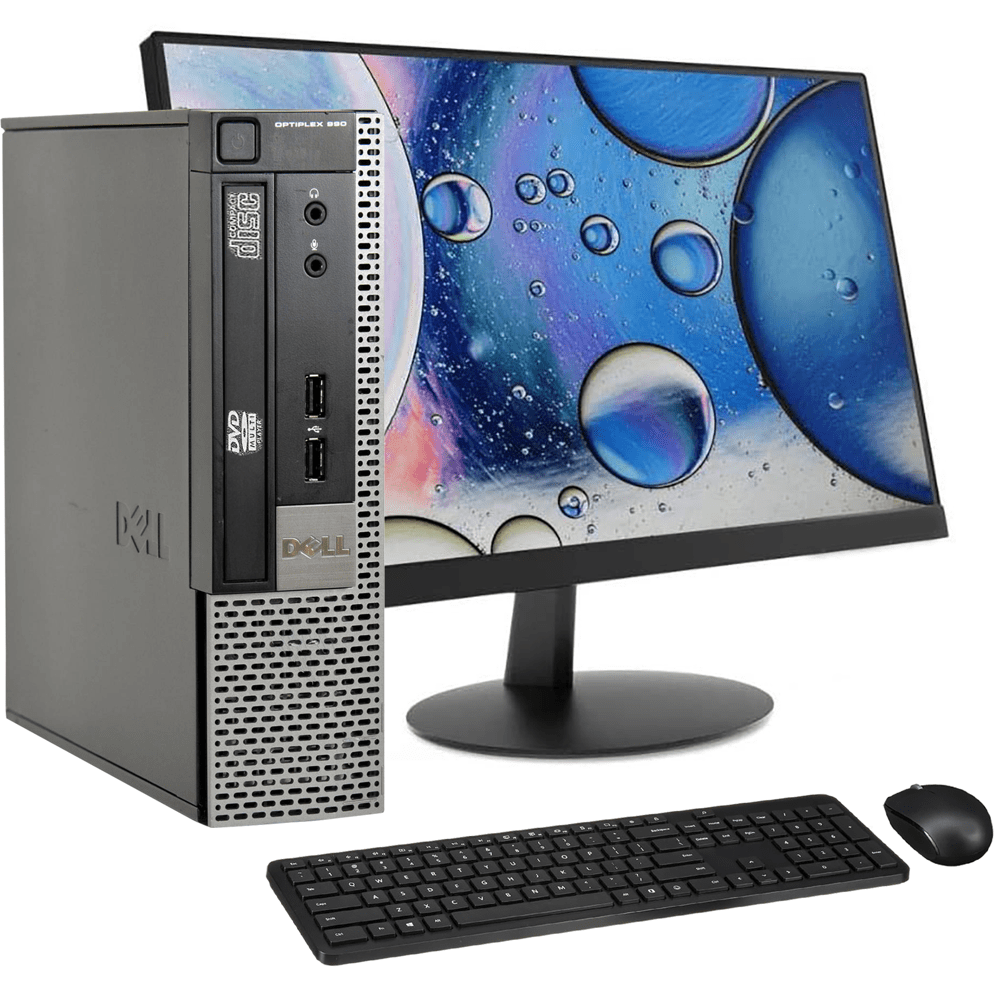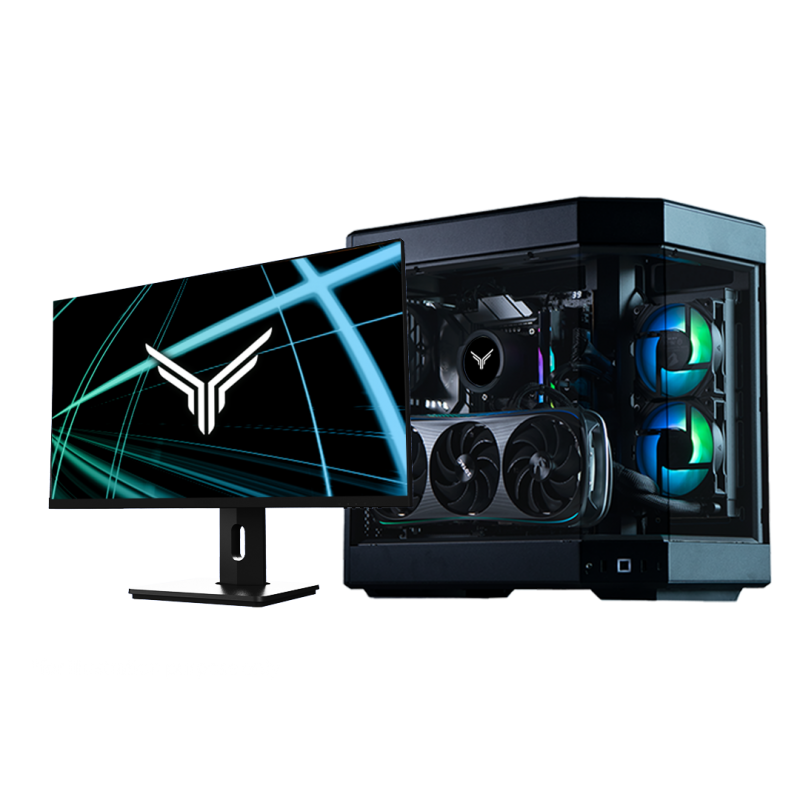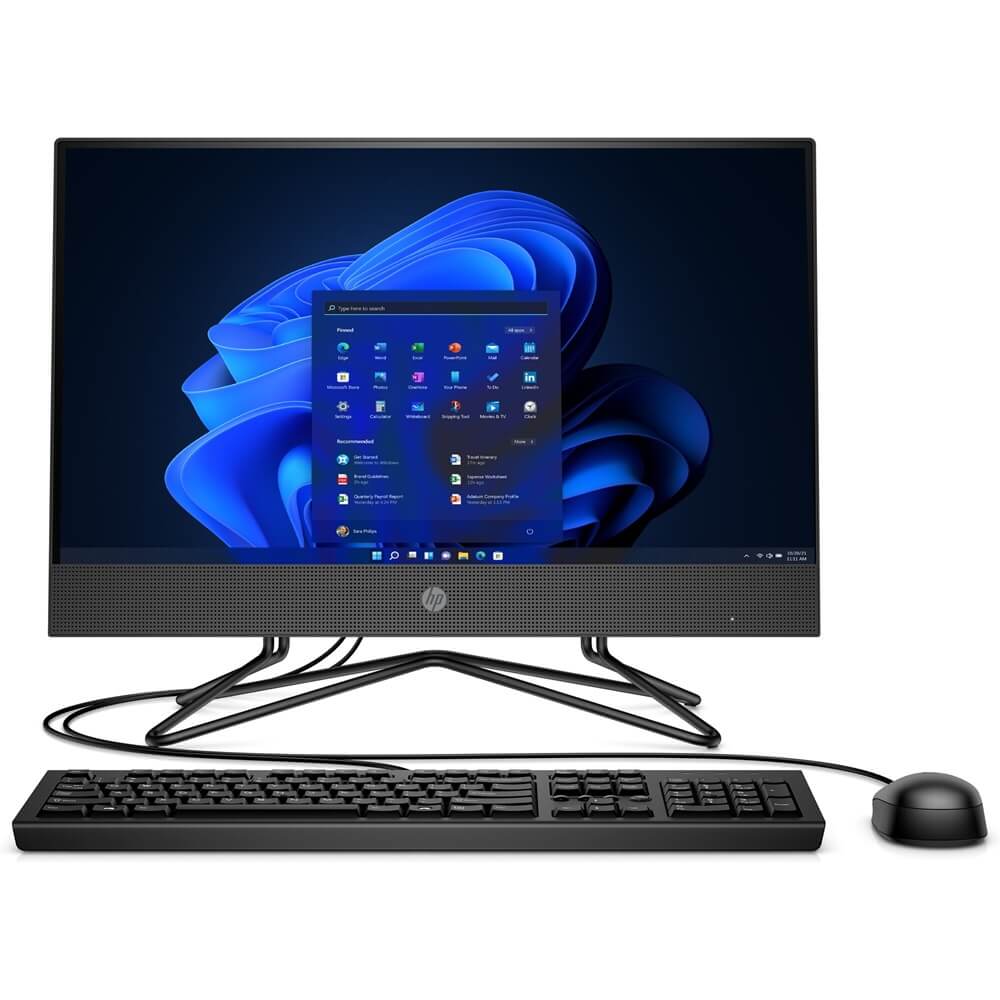In today’s fast-paced digital environment, businesses rely heavily on software applications to drive operations and engage customers. Application Performance Management (APM) solutions allow organizations to monitor and manage the performance of those applications effectively. Understanding how to choose the right desktop APM solution can make a significant difference in ensuring your applications run smoothly and efficiently. This guide outlines key considerations and features to look for when selecting the best APM solution for your needs.
Understanding APM Basics
What is APM?
Application Performance Management (APM) refers to the process of monitoring and optimizing software performance to ensure the best user experience. APM solutions help identify issues such as slow response times, system bottlenecks, and application crashes. By providing insights into application behavior, these tools enable IT teams to take proactive action before users are negatively affected.
Having a clear understanding of APM is crucial. It’s not just about identifying problems, but also about enhancing the overall performance and reliability of applications. This level of insight can significantly improve operational efficiency and user satisfaction.
The Importance of APM for Businesses
For businesses that depend on digital applications for their success, ineffective performance can lead to lost revenue and a tarnished reputation. A well-implemented APM solution tracks real-time data, providing essential metrics that can help businesses quickly address issues. This proactive approach not only saves time and resources but also ensures that customers have a positive experience.
With the rise of remote work and cloud computing, the role of APM has expanded. Companies are finding themselves needing to support a distributed workforce and complex application environments. An effective APM solution can provide insights into performance across varied infrastructures, offering a comprehensive view of application health.

Identifying Your Business Needs
Define Your Objectives
Before diving into APM solutions, it’s essential to identify your organization’s specific objectives. Understand what you want to achieve with an APM tool—whether it’s improving response times, reducing downtime, or gaining deeper insights into user interactions. Having clear goals will guide you in the selection process.
For instance, if your business focuses on e-commerce, enhancing page load times may be a top priority. Conversely, a software development firm might focus on monitoring application performance during code deployment. Clarifying your objectives allows you to choose a solution that aligns with your strategic goals.
Scoping Your Environment
As part of understanding your needs, evaluate your existing environment. Consider the types of applications you currently use, whether they are web-based, mobile, or desktop applications. Also, assess the infrastructure they run on, including cloud services, on-premises servers, or hybrid models.
Knowing your environment helps in selecting an APM solution that can effectively monitor the platforms you use. Some tools are specifically designed for cloud environments, while others focus more on traditional server setups. Scoping your environment ensures you choose a solution capable of integrating seamlessly into your existing systems.
Essential Features to Look For
Real-Time Monitoring
One of the foundational features in any effective APM solution is real-time monitoring. This capability allows businesses to track application performance as it happens. Instant alerts for issues mean that teams can react quickly, preventing minor problems from escalating into major outages.
Look for APM tools that offer dashboards displaying important metrics like response times, error rates, and transaction volumes. Visual representations make it easier to identify trends and anomalies. A solution with real-time capabilities helps you maintain high application availability and reliability.
Root Cause Analysis
While monitoring is vital, understanding why applications experience performance issues is equally important. APM solutions should include root cause analysis (RCA) tools that help identify the source of problems. Robust RCA features allow teams to drill down into metrics and logs, providing insights into what went wrong and why.
An APM tool with effective RCA capabilities enables businesses to not only fix current issues but also learn from them. This adds a layer of intelligence to performance management, allowing for continuous improvement in application function and user satisfaction.
Evaluating Integration Capabilities
Compatibility with Existing Systems
When choosing an APM solution, consider its compatibility with your existing tools and infrastructure. Ensure it can easily integrate with your current technology stack, including development frameworks, databases, and cloud services. The smoother the integration, the more effective the APM solution will be.
Many APM solutions offer plugins or API integrations that facilitate easy connections to popular platforms. Assess how well the APM tool works with your existing systems to streamline monitoring and analytics without causing disruptions.
Multi-Platform Support
In today’s diverse digital landscape, applications may run across multiple platforms. Make sure the desktop APM solution you choose can monitor applications on various environments—such as on-premises servers, hybrid cloud, and containerized applications. The ability to monitor multi-platform setups is crucial for organizations with complex infrastructures.
Opt for APM tools that provide seamless support across different environments, ensuring that you have a consistent monitoring experience regardless of where your applications reside. This capability will enhance your chances of catching potential performance issues before they impact users.
User Experience and Interface
Intuitive Design
A user-friendly interface can significantly impact how effectively your teams can utilize the desktop APM solution. When evaluating different options, pay close attention to how easy it is to navigate the user interface. An intuitive design reduces training time and helps users get up to speed quickly.
Look for APM solutions that offer customizable dashboards, allowing users to prioritize metrics that matter most to them. A clean layout makes it easier to analyze data and spot trends, empowering teams to take immediate action when needed.
Training and Support Resources
Even with an intuitive interface, ongoing access to training and support is vital. Determine the level of training your team will need to get accustomed to the chosen APM solution. Also, check if the vendor offers resources like manuals, online tutorials, or a knowledge base.
Strong vendor support can make all the difference in how successfully your organization implements the APM solution. Effective training and onboarding materials ensure users feel confident in navigating the system, maximizing its benefits.

Assessing Cost and Value
Pricing Models
Cost is a crucial consideration when choosing an APM solution. Different providers offer various pricing models, including subscription-based services and one-time licensing fees. Before deciding, evaluate the total cost of ownership, which accounts for both initial and ongoing expenses.
Also, consider whether the APM solution charges based on the number of users, monitored applications, or data consumption. Understanding how pricing works will help you make an informed financial decision while ensuring you receive reliable performance monitoring tailored to your needs.
Long-Term Value
While upfront costs are important, consider the long-term value the APM solution will provide. An effective tool enhances application performance, reducing downtime and improving user satisfaction. These benefits can translate into significant cost savings over time, justifying the initial investment.
As you assess different tools, weigh their pricing against their feature sets and potential ROI. Focus on choosing a solution that provides a compelling blend of performance and value, ensuring it meets your business needs both now and in the future.
Making the Final Decision
Test Before You Buy
Once you’ve gathered the necessary information about various desktop APM solutions, consider initiating trials or demos. Many vendors offer free trials to let you explore their software before making a commitment. Testing the solutions in your environment helps you assess usability, features, and compatibility with existing systems.
During trials, involve key stakeholders who will use the APM tool. Collect feedback and evaluate how well each option addresses your objectives. This collaborative approach ensures that you’re making a decision that aligns with the needs of your entire team.
Trust Your Team’s Input
Finally, involve your IT and development teams in the decision-making process. Their firsthand experience with application performance issues will provide valuable insights into which features and capabilities are most important. Understanding their challenges and preferences will help you choose a solution that meets everyone’s needs.
Trusting your team’s input fosters a sense of ownership and ensures that the selected solution will be embraced and utilized effectively. Choosing the right APM solution is an investment that requires a careful examination of your organization’s unique needs, so valuing input from your team can lead to greater success.
Empower Your Business with the Right APM Solution
Choosing the right desktop APM solution for your business is a crucial decision that impacts application performance and user satisfaction. By understanding desktop APM basics, defining your objectives, and evaluating critical features, you’ll be well-equipped to make an informed choice.
Make sure to assess integration capabilities, user experience, and long-term value when exploring your options. Extensive testing and involving your team in the selection process will further ensure you find a solution that not only meets your current needs but also adapts to future demands.
Ultimately, the right APM solution will empower your business to optimize application performance, enhance user experiences, and promote operational efficiency. Take the time to invest in a solution that aligns with your goals, and you will reap the benefits for years to come.

